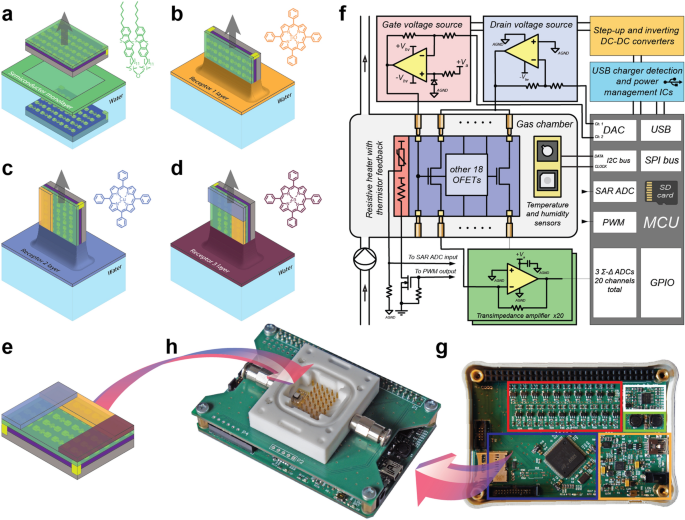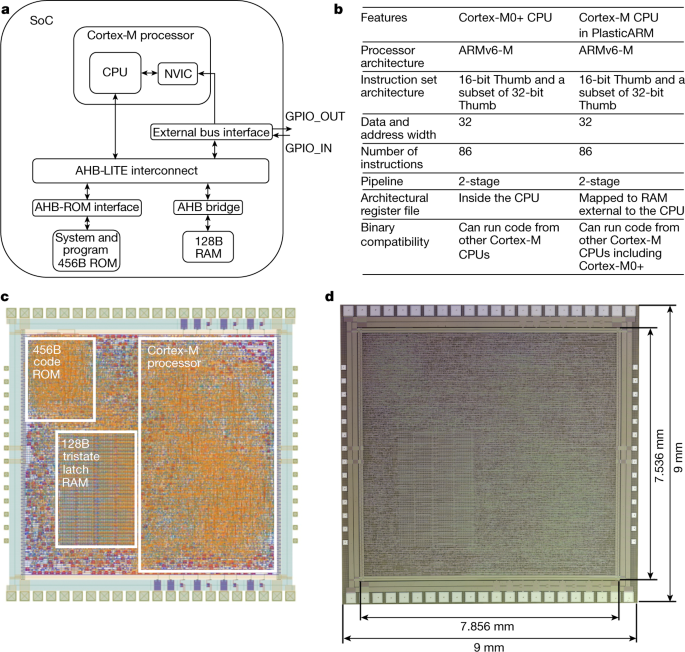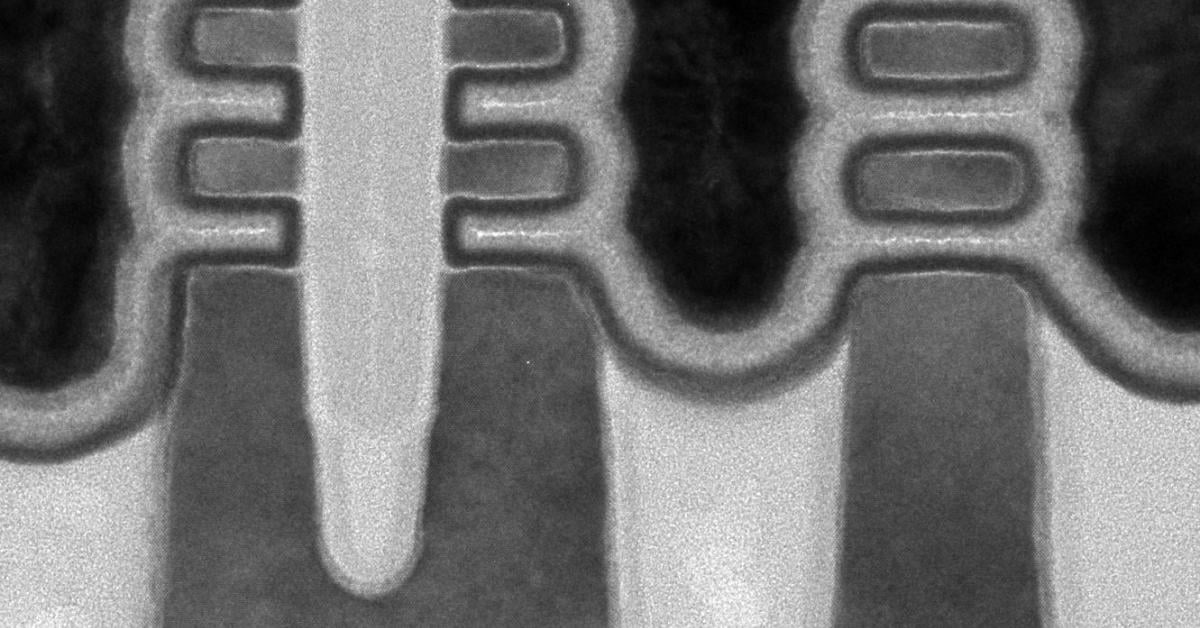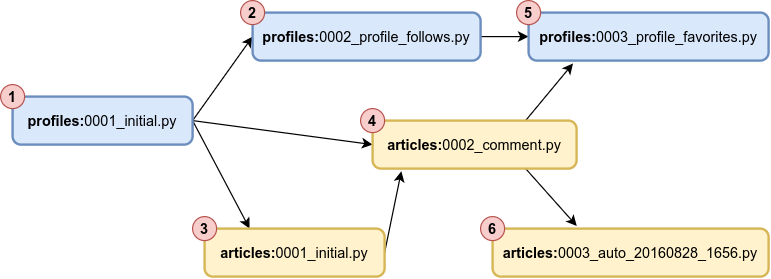
Fully integrated ultra-sensitive electronic nose based on organic field-effect transistors
Scientific Reports volume 11, Article number: 10683 (2021 ) Cite this article
Modern solid-state gas sensors approaching ppb-level limit of detection open new perspectives for process control, environmental monitoring and exhaled breath analysis. Organic field-effect transistors (OFETs) are especially promising for gas sensing due to their outstanding sensitivities, low cost and small power consumption. However, they suffer of poor selectivity, requiring development of cross-selective arrays to distinguish analytes, and environmental instability, especially in humid air. Here we present the first fully integrated OFET-based electronic nose with the whole sensor array located on a single substrate. It features down to 30 ppb limit of detection provided by monolayer thick active layers and operates in air with up to 95% relative humidity. By means of principal component analysis, it is able to discriminate toxic air pollutants and monitor meat product freshness. The approach presented paves the way for developing affordable air sensing networks for the Internet of Things.
Detection of toxic gases, such as nitrogen oxides, hydrogen sulfide and ammonia, attracts many research activities due to increasing danger of air pollution related to industrial emissions, bumps and combustion engines1. These gases are also considered as disease markers in exhaled breath and can be used for non-invasive healthcare monitoring2,3. Moreover, decomposition of proteins is often accompanied by releasing amines and thiols, which can serve as markers of products freshness4,5. While comprehensive analysis of complex gas mixtures is usually made by benchmark gas chromatography, mass-spectrometry or optical methods, many practical tasks can be solved by catching mixture “fingerprint” mimicking mammalian olfaction6 with much more affordable array of semi-selective sensors of any type and pattern recognition algorithms1,2,3,4,5,6,7,8. The arrays based on metal-oxide-semiconductors9,10, gravimetric11 or conductive polymers12 sensors are known so far and have already been applied to manifold of sensing applications, while they are still costly, have limited sensitivity, insufficient selectivity or high power consumption due to heating1,9,13. Devices based on colorimetric sensor array consisting of a set of dye dots are promising for food industry, especially in smart packaging, but disposable components limit its implementation5,14. Future Internet of Things (IoT) smart sensor networks require sensitive, reusable, miniature, low-power and low-cost devices thus limiting widespread implementation of the technologies developed up to now9. Further sensitivity enhancement paves the way to automated determination of food freshness, which is the most ancient role of the sense of smell. This would alert many poison related diseases and drastically reduce unnecessary food waste, which is now up to 30% of all the food produced15.
















/cdn.vox-cdn.com/uploads/chorus_asset/file/25417952/transformers_megatron.jpg)




